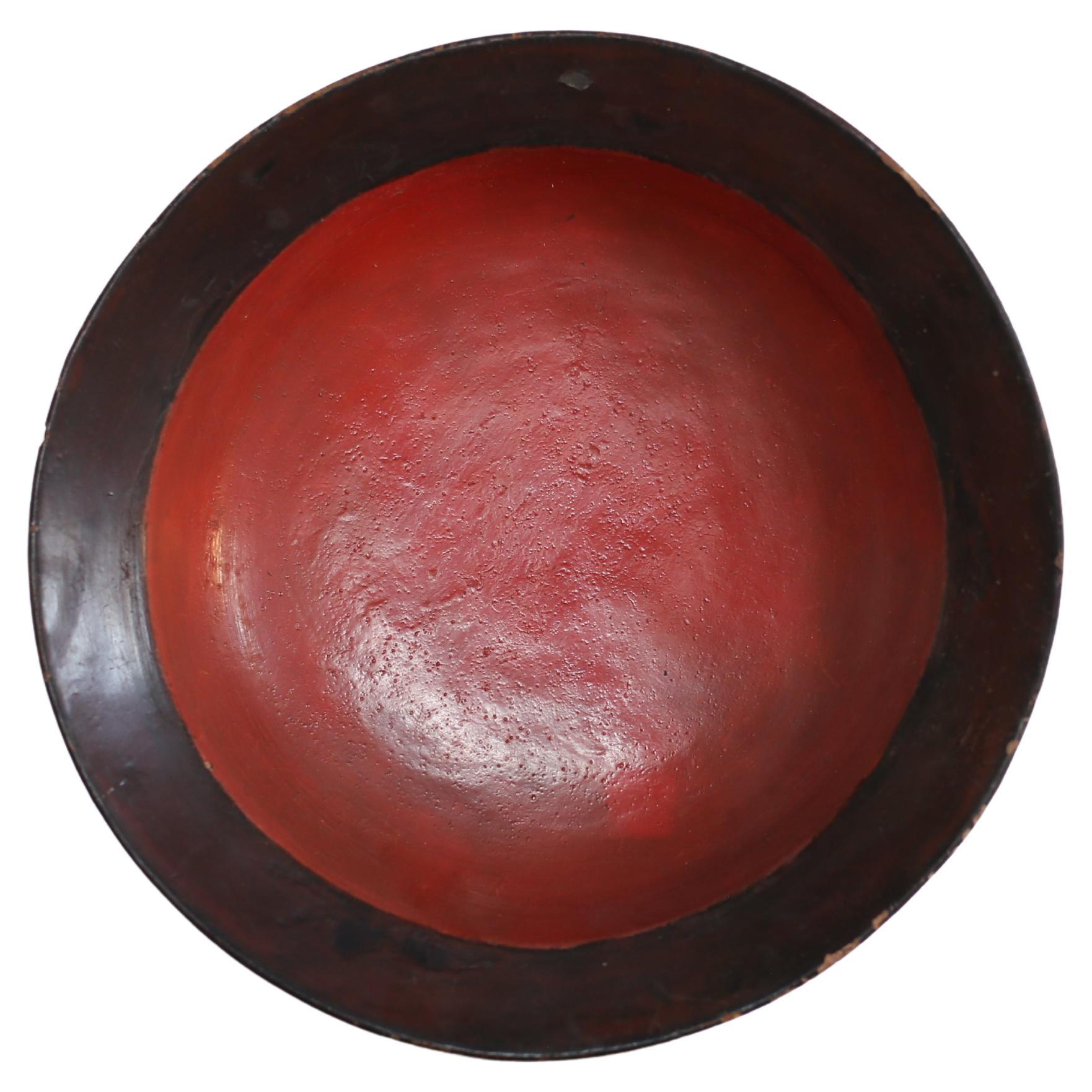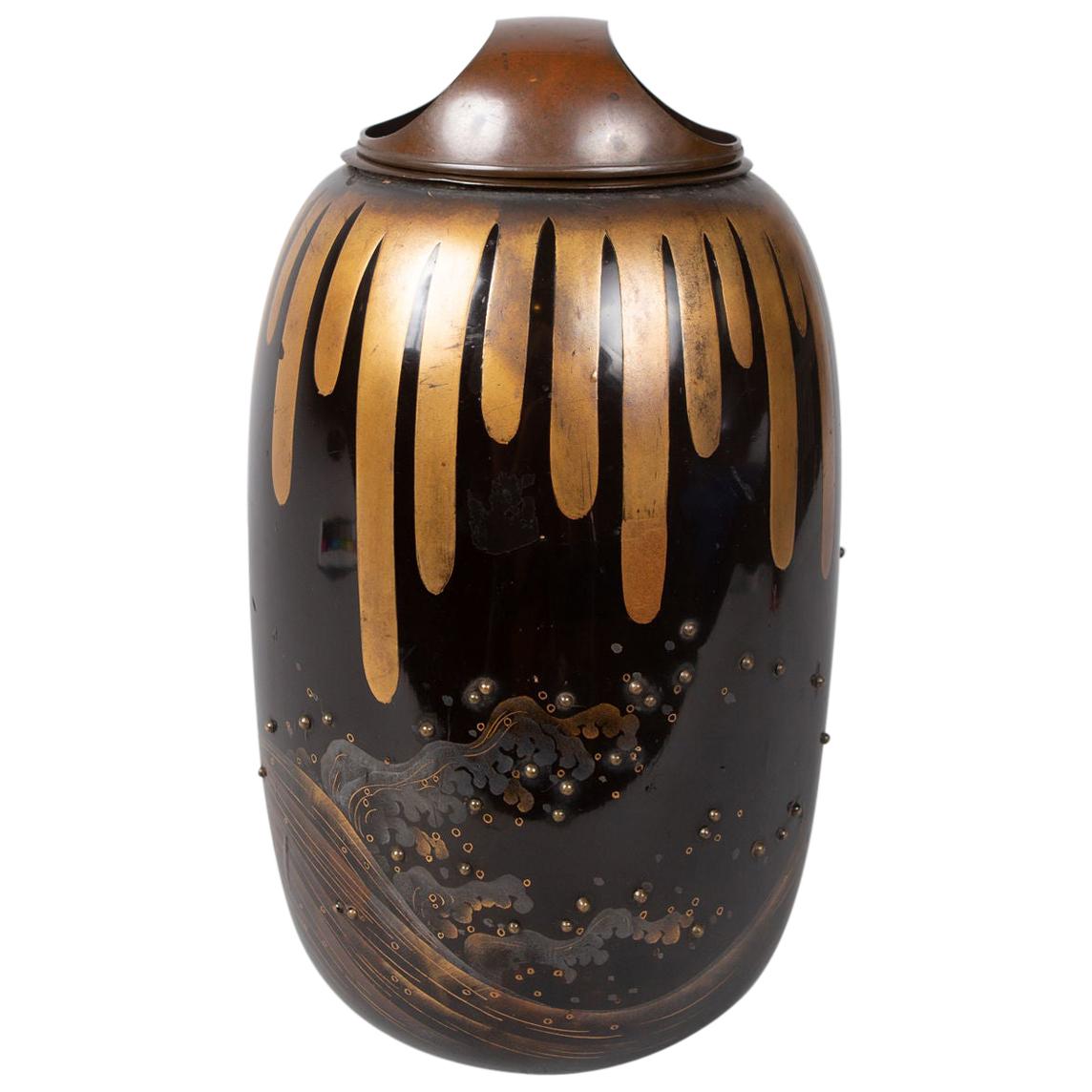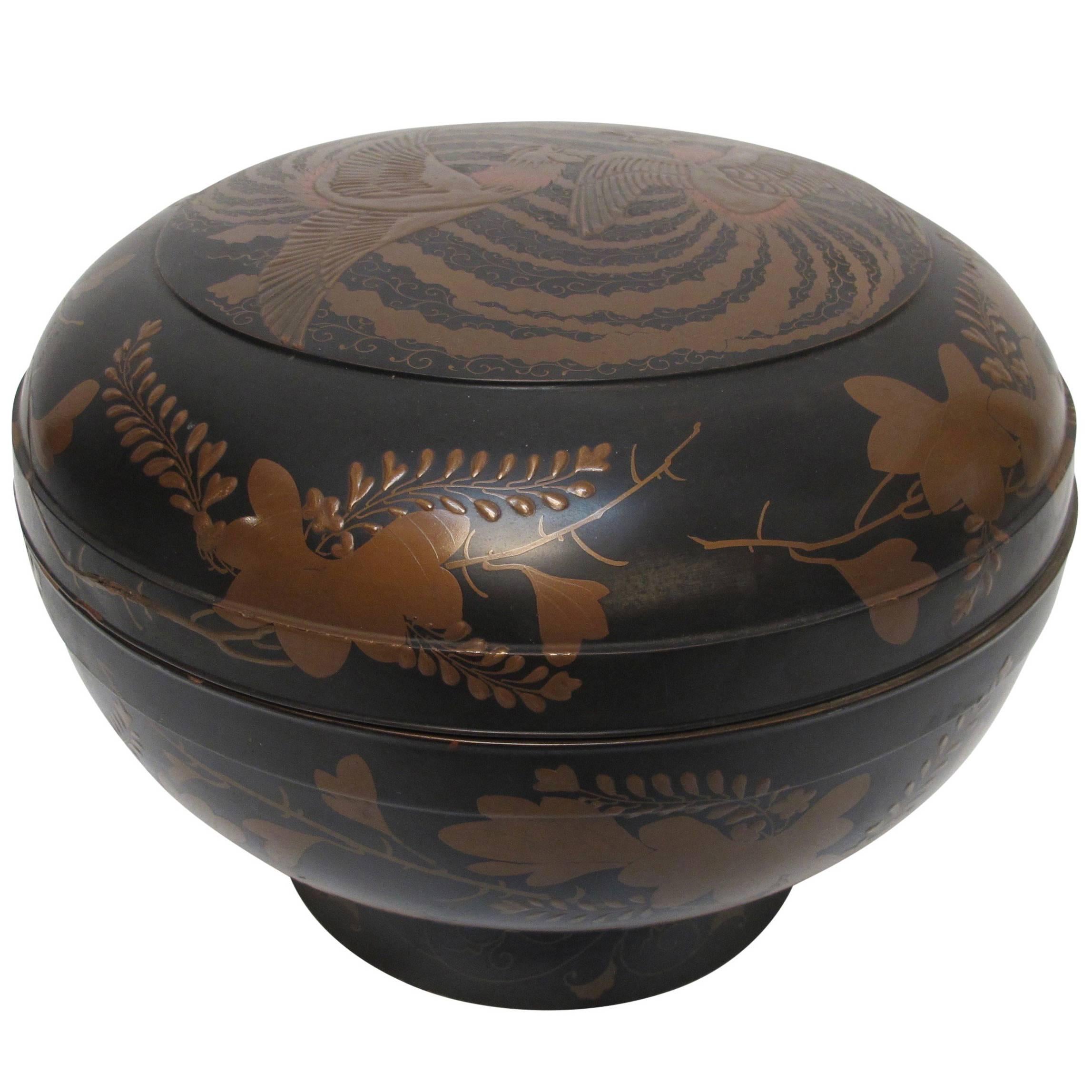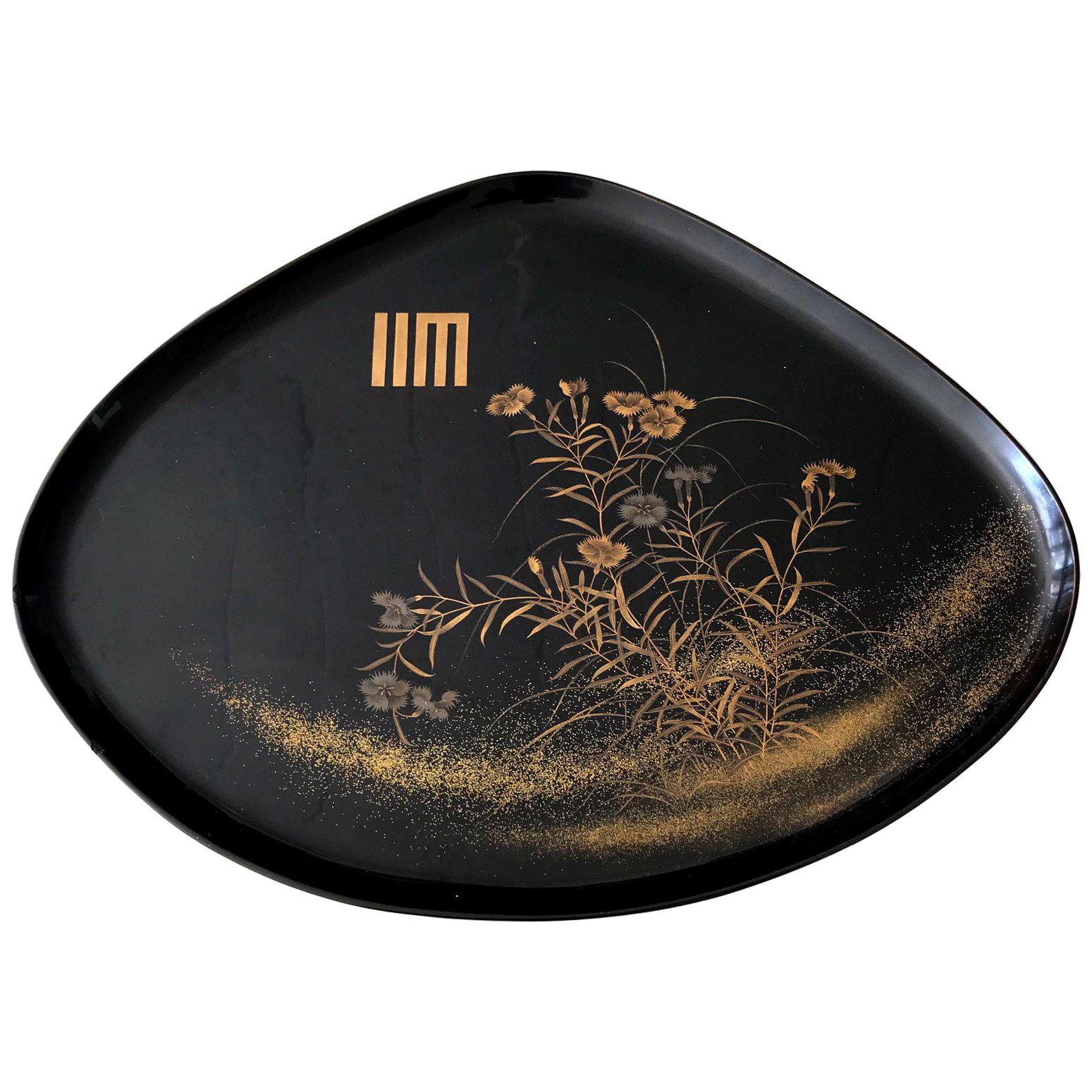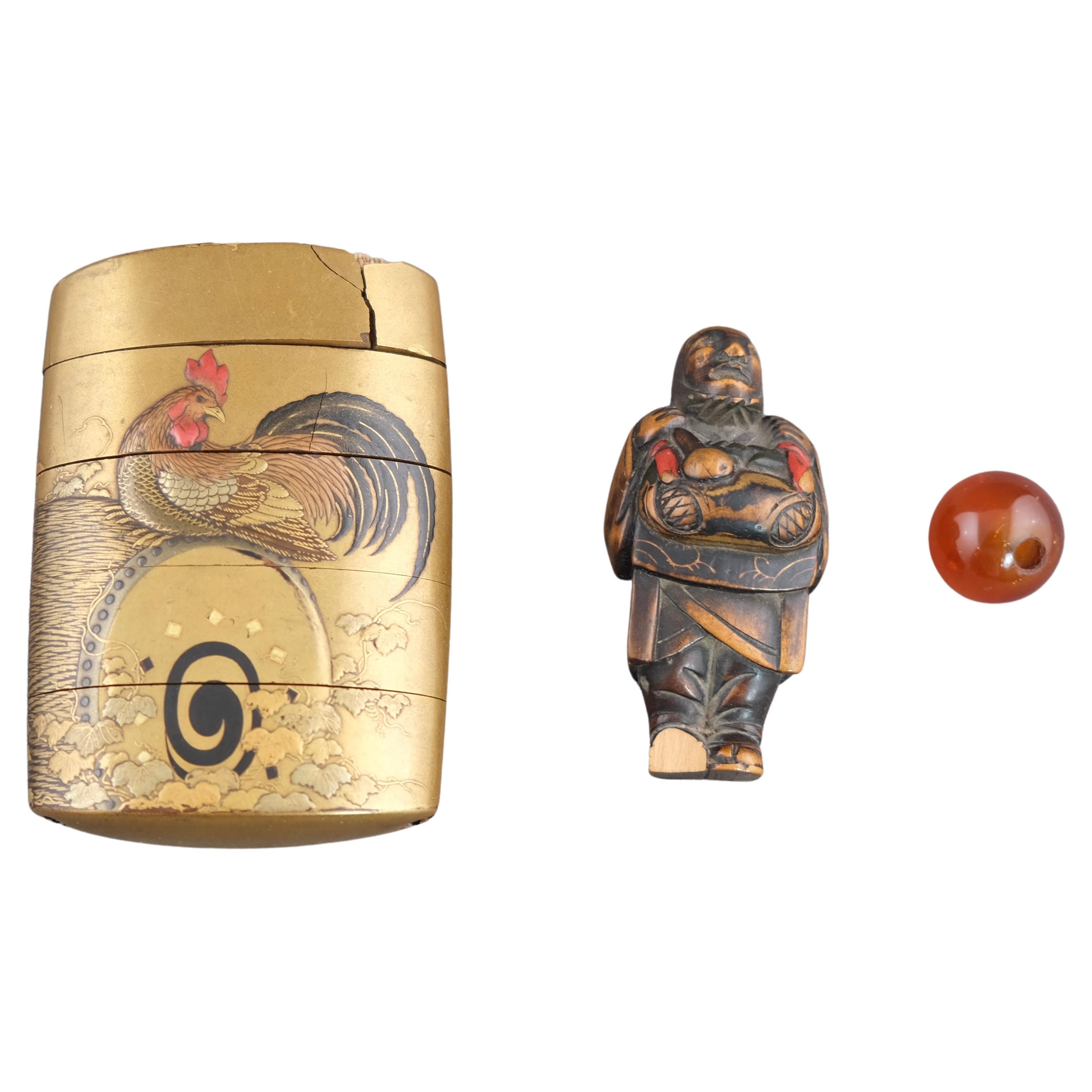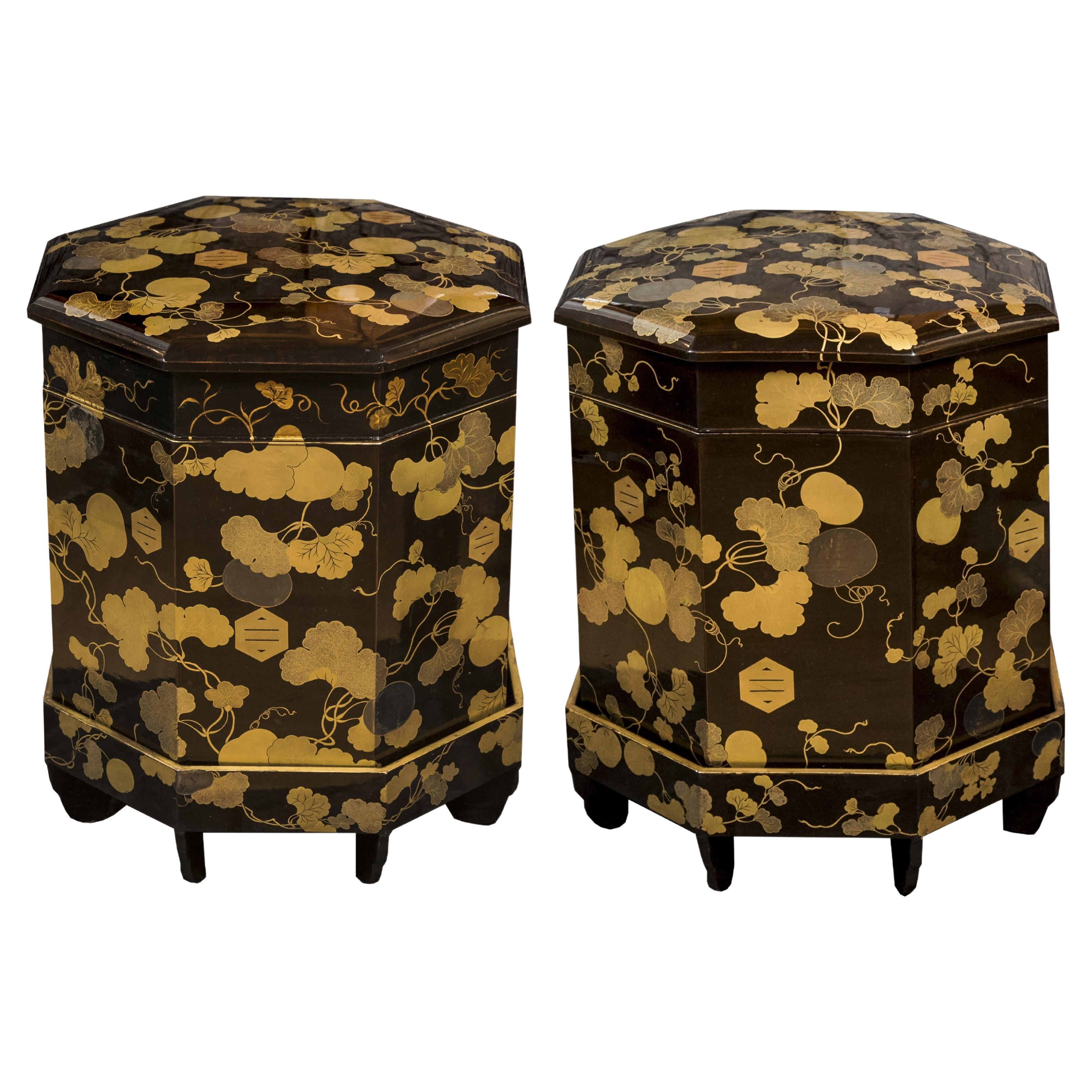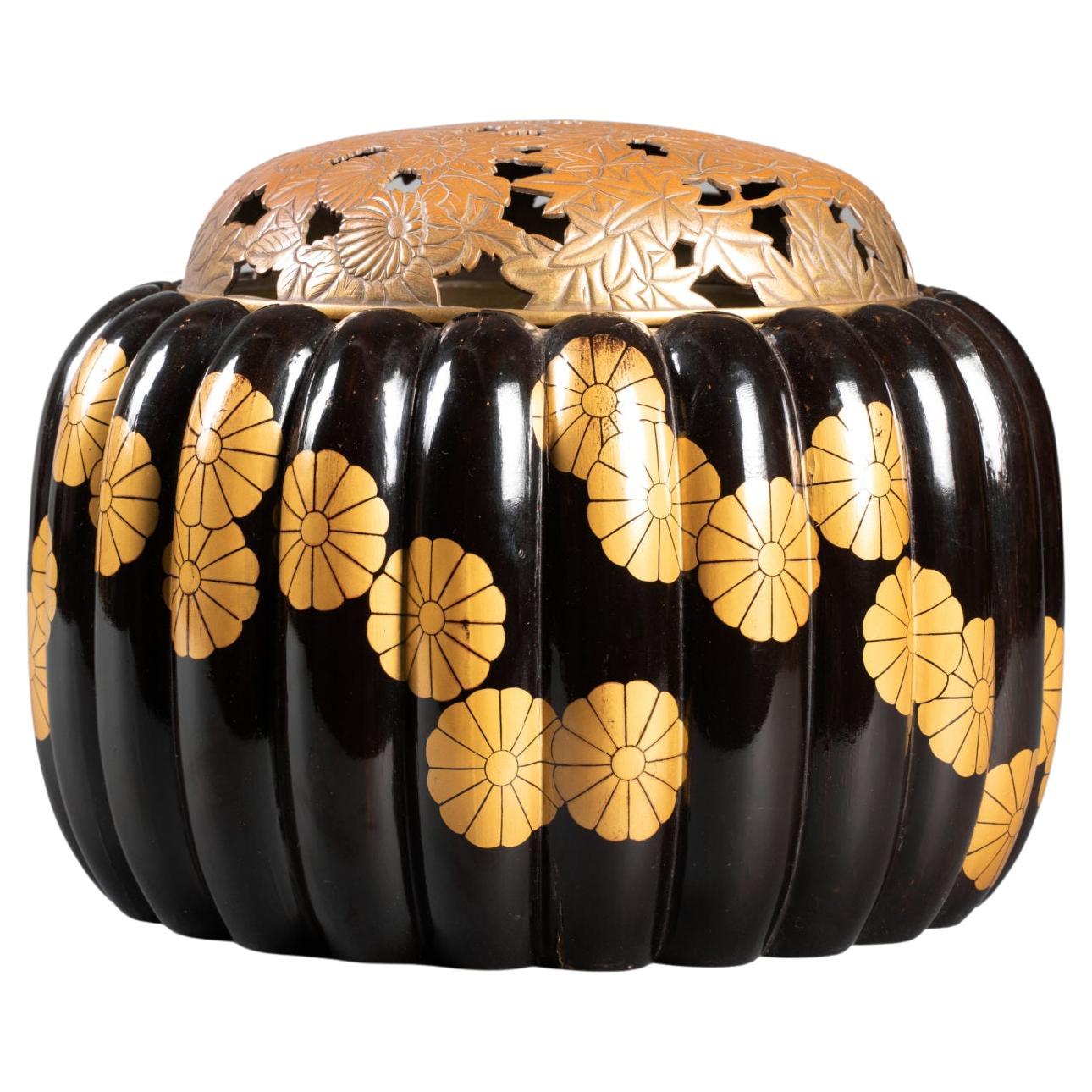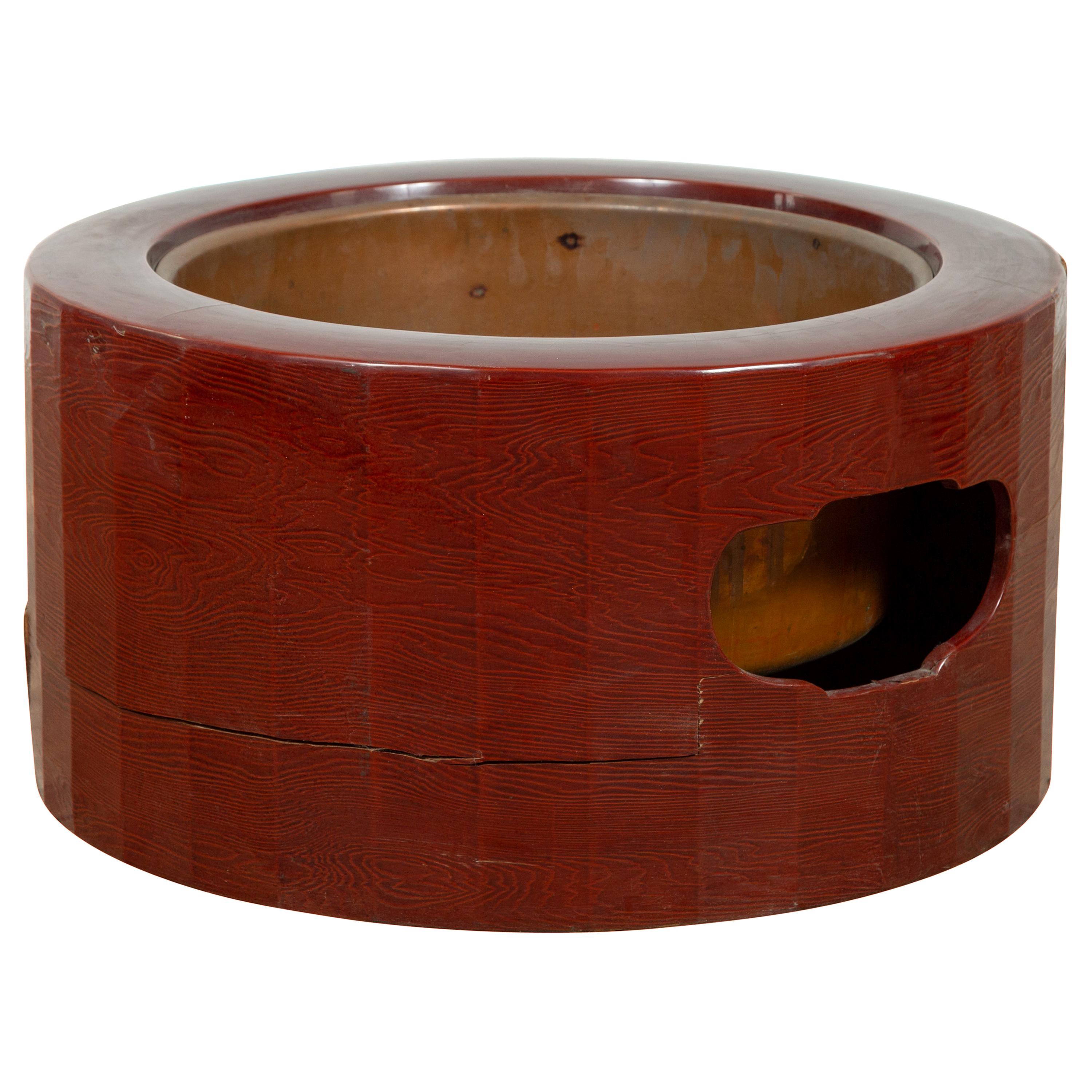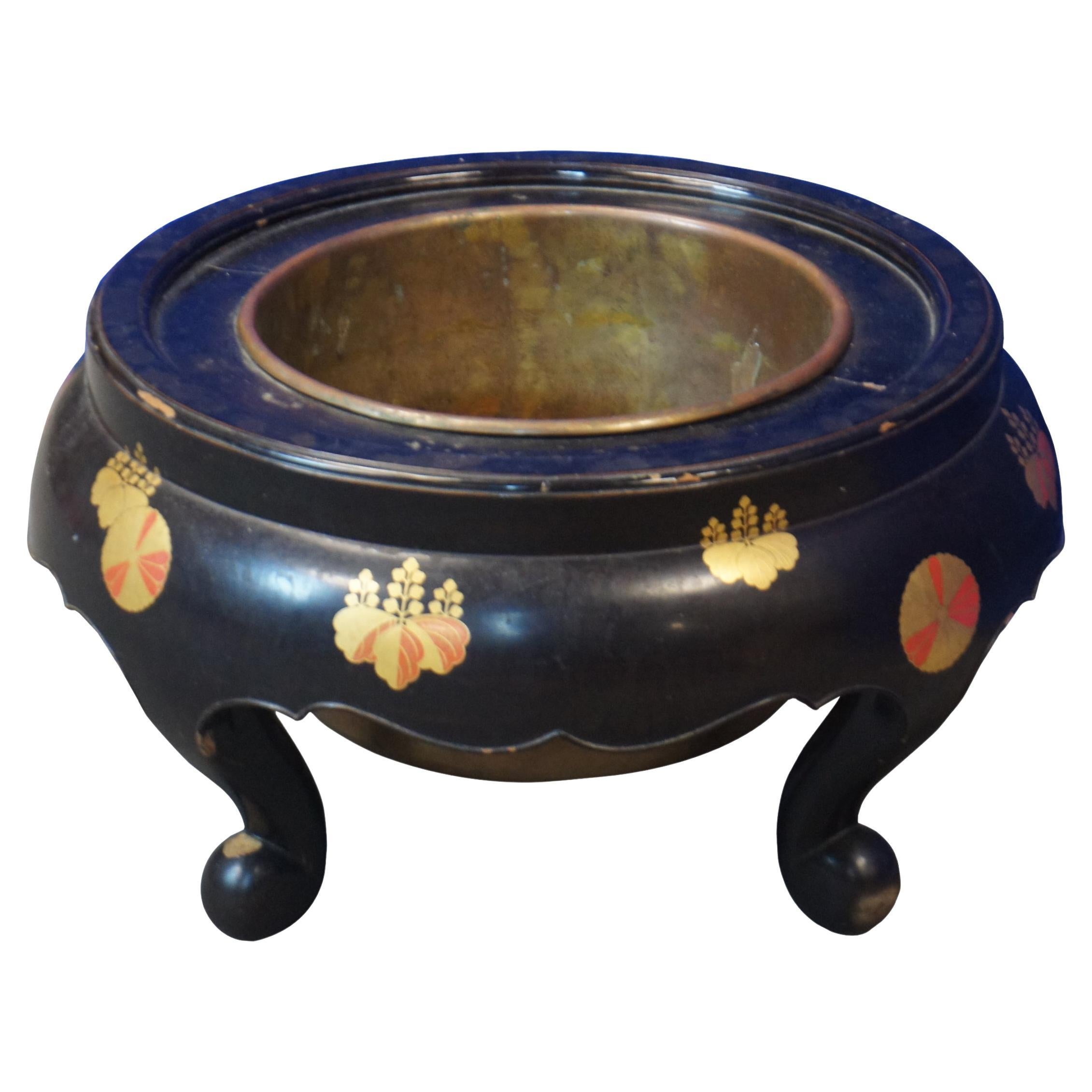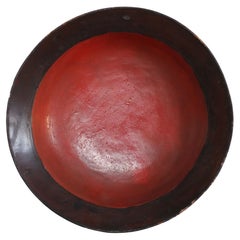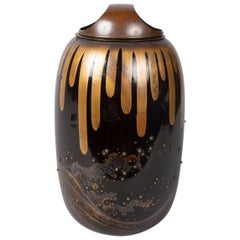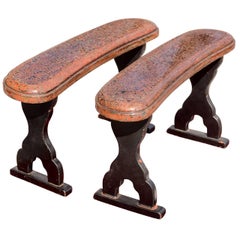
Deco Japanese Arm Rest
View Similar Items
1 of 7
Deco Japanese Arm Rest
About the Item
- Dimensions:Height: 11 in (27.94 cm)Width: 20 in (50.8 cm)Depth: 6 in (15.24 cm)
- Materials and Techniques:Wood,Lacquered
- Place of Origin:
- Period:
- Date of Manufacture:Turn of the Century
- Condition:Wear consistent with age and use.
- Seller Location:East Hampton, NY
- Reference Number:1stDibs: 13041179821282
You May Also Like
- Old Round Plate with Japanese Lacquer / Meiji-Taisho / UrushiLocated in Sammu-shi, ChibaA wooden vessel used from the Meiji era to the Taisho era. Probably a beech tree. It is made by hollowing out. It's very cool, isn't it? It is a lacquered tall foot round tray made ...Category
Mid-20th Century Japanese Taisho Lacquer
MaterialsBeech, Lacquer
- Old Work Bowl with Japanese Lacquer / Meiji-Taisho / UrushiLocated in Sammu-shi, ChibaA wooden vessel used from the Meiji era to the Taisho era. Probably a beech tree. It is made by hollowing out. It's very cool, isn't it? It is a round bowl made of one piece of wood...Category
Mid-20th Century Japanese Taisho Lacquer
MaterialsBeech, Lacquer
- Japanese Lacquer Koro 'Incense Burner'Located in Hudson, NYRemovable bronze top, with gold drip pattern at top. Cresting ocean waves on bottom with raised silver sea spray.Category
Antique Early 19th Century Japanese Edo Lacquer
MaterialsSilver, Bronze
- Japanese Antique Buddha Statue Stand/1800-1900/Lacquered Gold Display StandLocated in Sammu-shi, ChibaThis is a wooden stand made from the Edo period to the Meiji period. Originally, it was a stand for installing a Buddha statue, but it seems that only this stand remained after the ...Category
Antique 19th Century Japanese Edo Lacquer
MaterialsWood
- Japanese Meiji Period Lacquered Lidded BowlLocated in San Francisco, CAA large Japanese Meiji period lacquered lidded soup or rice bowl. Beautiful hand-painted decoration inside and out.Category
Antique Late 19th Century Japanese Lacquer
MaterialsLacquer
- An Antique Japanese Lacquer Maki-e TrayLocated in Atlanta, GAA fan shape black lacquer tray from Japan circa 1910-30s, late Meiji to early Showa era. Elaborated decorated with a bundle of yomogi blossom in a very fine Maki-e technique using both gold and silver powders. There is a Japanese symbol on the top left, which represents yomogiu, stemming from yomogi (蓬), a wild plant that belongs to the chrysanthemum family and widely grown in Japan. This name yomogui is from a scene in the Tale of Genji...Category
Early 20th Century Japanese Japonisme Lacquer
MaterialsLacquer
Recently Viewed
View AllMore Ways To Browse
Korean Chest Shell
Japanese Lacquer Box Period
Red Shibayama
Medicine Men
Suzuki Silver
Thai Offering Bowl
Tokugawa Wedding Box
Saji Japan
Tomizo Saratani
Antique Asian Food Box
Edo Inro
Japanese Sake Set Antique
Qing Sewing
Bento Box
Mother Of Pearl Battle
Copper Hand Warmer Japanese
Japanese Lacquer Coffer
Japanese Inkstone

